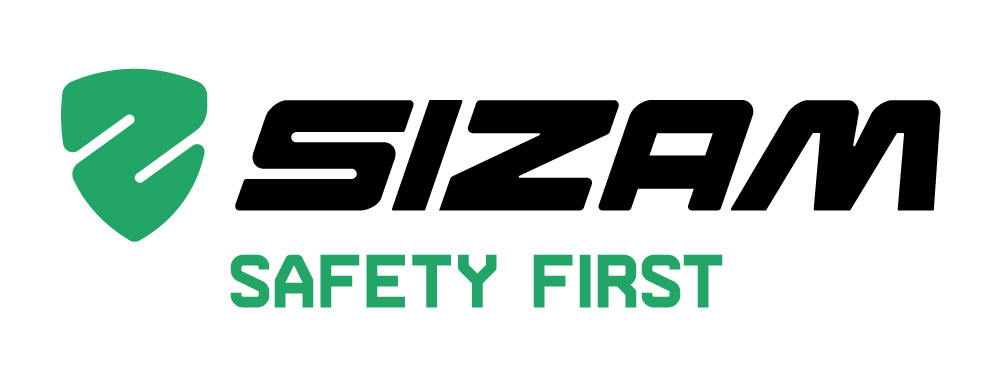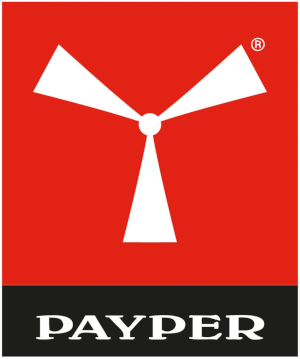How to determine the quality of signal clothing without special equipment?
High-visibility signal clothing significantly reduces the risk of injury at work when performing operations near the movement of vehicles, especially in conditions of limited or insufficient visibility (motorway, railway track, tunnel, workshop, construction site, warehouse, etc.).
Marking a person's silhouette at a distance enables the driver to react and brake in time.
Reflective materials on the clothing of a working person return the light flow (for example, the light of car headlights) in the direction of the source, making the person visible in the light beam in the dark.
A person must be visible at a distance of at least 200 m - this value is determined by the dangerous braking zone, which is the actual distance at which the car will stop, taking into account all factors affecting the braking speed, the driver's condition, etc.).
How to determine the quality of signal clothing without special equipment?
1. Check the presence of a special product marking indicating the class of signal clothing and the class of reflective material.
2. The width of the strips of reflective material is not less than 50 mm (the presence of narrow tape is not allowed!)
3. To confirm the quality of finished clothes, manufacturers place hanging and sewn labels on the product about the materials used.
4. Evaluate the appearance of the tape. The surface of the reflective material must be flat and uniform. The tape should not have cracks, scratches and at the same time be flexible and soft to the touch.
5. Check the base of the reflective tape. High-quality reflective tape has only a fabric base. Carefully bend the edge of the stitched tape and check its base.
6. Tape manufacturers mark the fabric backing to confirm the quality standard of the material.
7. In signal clothing with high-quality light-reflective materials, the line should be located at a distance of 2-3 mm from the edge of the tape. This allows you to protect the product (tape) from damage to the edges during repeated washing or dry cleaning during operation.
8. Checking during wearing and washing. High-quality reflective materials must withstand at least 20 washing cycles while maintaining their characteristics within the requirements of GOST.














